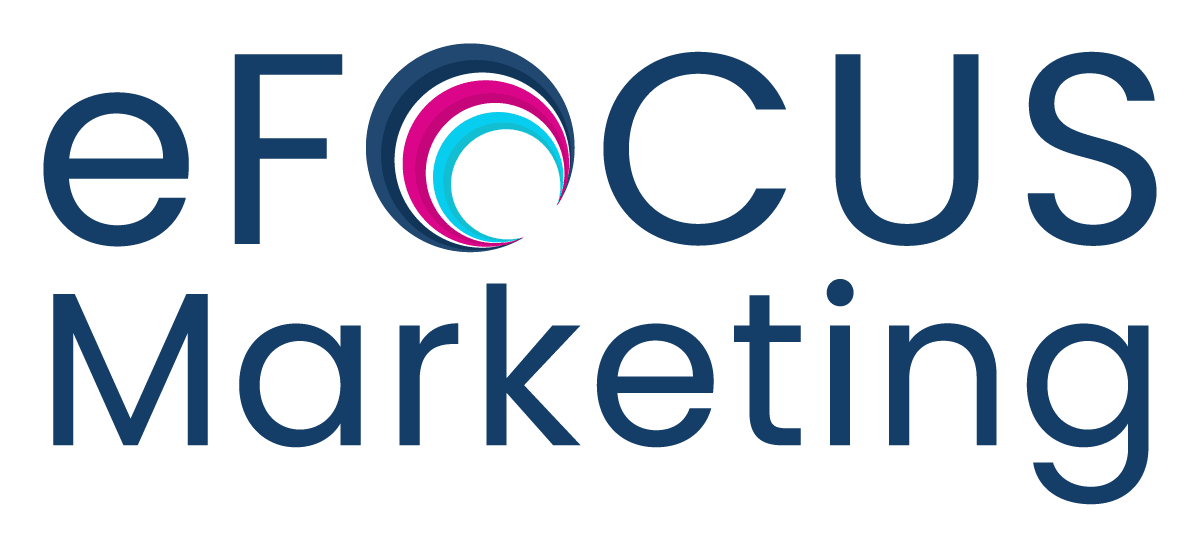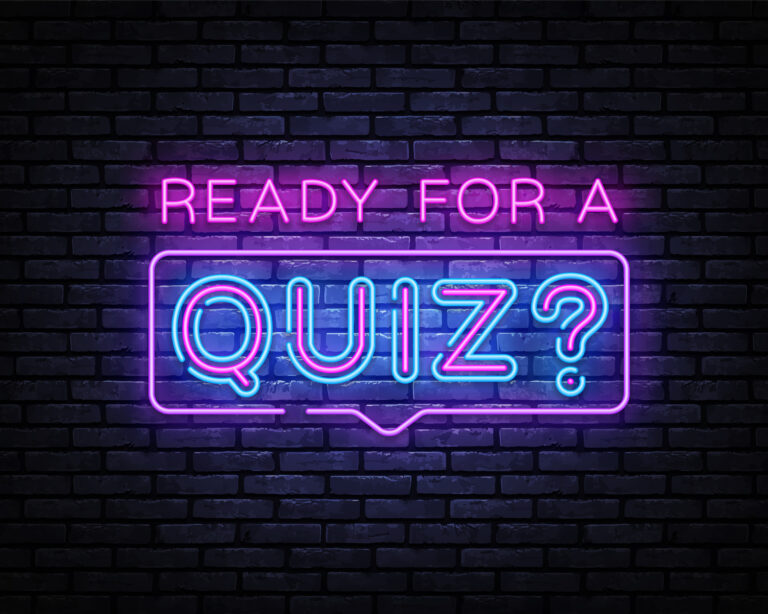Over 75% of people abandon their shopping carts worldwide. Obviously, this isn’t the ideal scenario for an eCommerce marketer that’s focused on getting conversions.
It is, however, an opportunity to learn about your customers and your conversion funnels.
You can discover if shoppers are abandoning their carts due to expensive shipping costs or perhaps they got cold feet and have questions about your product. Maybe they don’t trust your website with their credit card information or they didn’t love the return policy.
Whatever it is, what you learn about abandoned shopping cart and abandoned browsing situations can empower you as an email marketer and help you get those conversions.
We reached out to some lovely email experts to get their advice on how email marketers make the most out of their abandoned cart emails. Let’s dive in:

With a proven track record & over 14 years’ experience, Kate’s expertise and passion has helped a large range of companies develop comprehensive strategies and implement intelligent email marketing campaigns.
Kate is the author of the bestselling book ‘E-telligence. Email Marketing isn’t dead, the way you’re using it is’
Kate Barrett, Founder of eFocus Marketing
When looking at your conversion funnel, these two campaigns, abandoned basket/form and browse abandon, are the final signals you get that a subscriber is looking to make a purchase. But when I often see these types of campaigns, although they are good, they often all focus on the same messages – ‘reminder: don’t forget these items in your cart’ or ‘we noticed you recently looked at XYZ’.
There are two key elements I often see missed:
- Sending a standalone email rather than a series.
There are a myriad of statistics out there showing that often the second or even third email in a series, especially like these, can often be the ones that drive a surprising amount of conversions. Test how many emails you include in these types of series and the timing of when those messages are sent.
You could even consider adding in an SMS reminder as well/instead during the series (if you have SMS opt ins for your audience), or facebook ad retargeting campaigns for these users, for example (if that’s where you’re subscribers are), to bring a more multi/omni-channel messaging approach.

- Solely focussed on reminding subscribers what was in their cart.
If you consider the user journey in these circumstances and what the subscriber is experiencing, there are likely to be a number of reasons that someone doesn’t complete their checkout; directly related to your company and processes, or simply a result of the shopping experience, and with these changing as the time post abandon increases.
For example, it may be that the subscriber was browsing and hadn’t made a final purchase decision yet; they were looking at multiple websites. Email one within a few hours of abandoning their basket, includes content with a focus of reminding them what’s in their basket.


But, as they get to 24/48/72… hours past, you would want to adapt your messaging for email 2 and 3 in your series to address their changing needs and situation.
Perhaps you highlight related product/general business reviews to reassure customers, offer a discount (don’t do this on every abandoned cart email as subscribers will learn to game the system to access your discount codes!), or recommend other related /similar products as you get to the end of the series and the likelihood of them having purchased elsewhere increases.


Above all, consider your audience – what do they need right now, based on this behaviour, to help move them to the next step in their journey with us?
Ryan Phelan, Co-Founder of RPEOrigin.com
Let’s start with the first “best friend:” the abandoned basket.
Like a welcome email, every email marketer’s program should have one. Why? Because it’s like printing money. Okay, it’s not that simple. But we know it works, and it’s easy to implement. That makes it an easy win for any ecommerce or B2B play.
Now, I am sure the brilliant people in this month’s contribution will tell you all the things you need to know. Like “Send it within an hour after abandonment,” “include product pics,” la-la-la. So I’ll just add my two must-haves:
First, test presence of a discount. You might give up margin because consumers now wait for it before acting. Do you really need it?
Second, test everything else. Abandoned-basket messages have lots of nuances. Start with best practices, and tweak as you go to find what works for you.
Now for abandon browse. Yeah, I am not best friends with this one. (Meaning I hate it.)
Browse was created back when we had no idea what buyer intent looked like. Simple browsing might be the lowest form of intent. So, why waste ad dollars or innovation energy?
For example, I get a link from my father about a lawnmower. I click on it, and BAM! I get a week of retargeting ads and emails about lawnmowers. I didn’t have intent.
Waste of time, plus now I’m annoyed. Spend your time fixing up your abandoned-basket email instead.

His experience, knowledge and unique perspective have also given him an international reputation as a keynote speaker and thought leader.

Guy is an accomplished thought leader, having spoken at well over 100 industry events, and blogged on a broad range of email-related topics that include politics, GDPR, and Brexit! Outside of work, he has a long-standing relationship with the Data & Marketing Association (DMA UK) and is currently vice-chairing of the email council.
Guy Hanson, VP for Customer Engagement at Validity
The best thing about abandoned cart emails is their revenue effectiveness. While 68% of online shopping carts are abandoned, recovery emails can resuscitate 5-11% of them. Bluecore’s Retail Email Benchmark report shows they generate a phenomenal £1.58 average revenue per email – compared with 12p for one-time-send emails. A big reason is the way these emails tick so many relevance boxes. The recently published DMA Marketer Email Tracker report (sponsored by Validity) highlights a big gap between marketer and consumer perceptions of relevance, but abandonment emails close this gap. Factors like time, context, and mindset are all important relevance dimensions, and serving customers with real-time messages that reaffirm their part-formed intentions to purchase products they are clearly interested in . . . is nudge theory at its best in action!
One thing I would love to see abandonment emails get much better at is their subject lines. Many just state the bleeding obvious – various permutations of “Did you forget something?” – which really dilutes their effectiveness! It’s a challenge with automated emails – they get set up once but rarely re-visited, which could be a missed opportunity for further improvement. Some of the best examples combine relevance and urgency (“Did you leave the light on?” from electricity provider Mpowerd), create fear of missing out (“Never eat boring food again” from Sun Basket meals), or provide a touch of humour (“Your cart’s going through withdrawal!” from Sally Beauty). This additional layer of connectedness between senders and subscribers reflects the relationship and maximises the moment, making the difference between good abandoned cart emails and great ones.
Skip Fidura
Imagine leaving a full trolly in a shop and having a sales assistant chase you into the parking lot with that trolly asking if you had forgotten it and then saying they have the credit card machine and a 10% coupon. Would you make the purchase?
You need to change your abandoned basket emails to make them relevant again.
Your customers’ behaviour has changed – 86% of consumers would pay more for a great customer experience and the top three reasons for basket abandonment support this:
- Hidden costs (55%)
- Required registration (35%)
- Checkout too complicated (27%)
Fixing the checkout will take time. In the meantime, deliver personalised customer experiences with your abandoned basket emails:
1. Include the items from the basket with the current price, description and picture. If their basket has a purple shirt, make sure the description and picture are for the purple shirt.
2. Give the reader the opportunity to get more information by going to the product page.
3. Include alternative purchasing methods – contact centre, click and collect, etc.

His talks focus on using technology to have real conversations with customers, consumer centric uses for data and responsible marketing.
My last two recommendations are a bit counterintuitive but demonstrate your customer focus:
1. Allow them to clear their basket with one click. They are happy to not get more basket reminders and you can sell the shirt to someone else.
2. Ask them why they abandoned. You show you are interested and get hard data on where to fix your checkout process first.
Make your abandon basket program about helping the customer and selling more stuff will take care of itself.



